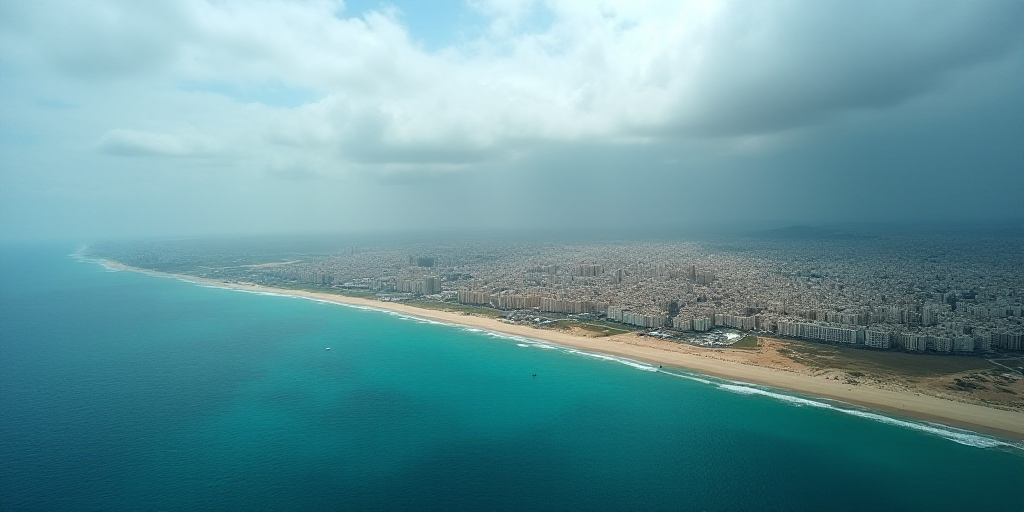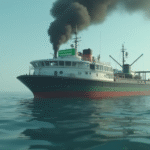Introduction
The recently published Federal Tourism Program by the Mexican government outlines a diagnosis indicating that 80.4% of international air arrivals are concentrated in four destinations: Cancun (43.8%), Mexico City (17%), Los Cabos, Baja California Sur (10.8%), and Puerto Vallarta, Jalisco (8.8%).
Key Destinations and Their Dominance
These four destinations, primarily located in the Mexican Caribbean, boast the highest concentration of hotel offerings, occupancy rates, and air connectivity. They also experience the largest volumes of international air traffic in Mexico.
Investment and Regional Disparities
In 2024, Quintana Roo, Baja California Sur, and Nayarit captured the majority (75.1%) of foreign direct investment (FDI) in tourism, totaling $2,870.9 million, as reported by the Secretaría de Turismo. This concentration highlights the need to redirect efforts towards other regions.
Furthermore, 48% of the accommodation offer is concentrated in just seven states: Quintana Roo, Jalisco, Mexico City, Veracruz, Nayarit, Guerrero, and Guanajuato. This emphasizes the importance of developing regions with untapped tourism potential and lower economic dynamism.
Addressing Regional Imbalances
The diagnosis acknowledges that investment, human resources, and financial resources are primarily directed towards established beach and sun destinations, neglecting rural communities and other areas with high tourism development potential. This dynamic creates a significant regional disparity, where locations with rich biodiversity and unique attractions lack the necessary opportunities and infrastructure to boost tourism.
To overcome these disparities, the program proposes a new promotion model that allocates more public resources specifically for tourism development, regardless of whether they are channeled through Ramo 21 or another sector. It also suggests public-private collaboration schemes, inspired by successful models in countries like Spain and Australia.
Program Objectives
The Federal Tourism Program outlines six objectives to address the concentration of tourism benefits in just a few cities:
- Foster regional and community development in less developed areas;
- Promote investment in tourism infrastructure at the state and municipal levels;
- Develop tourism policy and governance for the benefit of the national tourism sector;
- Enhance competitiveness and innovation within the tourism sector;
- Promote sustainability in national destinations and tourism products;
- Encourage diversification of domestic and international tourism markets and destinations.
Key Questions and Answers
- What is the Federal Tourism Program? It’s a recently published document by the Mexican government outlining strategies and objectives for developing tourism in the country.
- Which four destinations receive the most international tourists? Cancun, Mexico City, Los Cabos, and Puerto Vallarta collectively account for 80.4% of international air arrivals in Mexico.
- Why is there a need to redirect tourism efforts? The concentration of investments and resources in established beach destinations creates regional disparities, neglecting areas with high tourism development potential.
- What are the proposed solutions to address these disparities? The program suggests a new promotion model with increased public resources for tourism development and public-private collaboration schemes.
- What are the six objectives outlined in the Federal Tourism Program? The program aims to foster regional development, promote investment in tourism infrastructure, develop tourism policy and governance, enhance competitiveness and innovation, promote sustainability, and encourage market diversification.






